By Tim Haggerty and Jeffrey Sanzel
Filmgoers can look forward to an exciting field of offerings for the fall and holiday season. A wide range of releases promises a host of titles in a strong cross-section of genres including horror, musicals, historical dramas, and family movies. Here are some of the most anticipated movies for the rest of 2023, listed in order of release date. Ready, set, … action!
A Haunting in Venice
Kenneth Branagh’s follow-up to Death on the Nile is A Haunting in Venice, his third outing as celebrated sleuth Hercule Poirot. The Agatha Christie-inspired story focuses on murder during a séance and promises thrills offered up by a star-studded. Along with director-actor Branagh are Tina Fey, Jamie Dornan, Kelly Reilly and Michelle Yeoh, among others.
Rated PG-13· Release date September 15
Saw X
While not for the faint of heart (or stomach), Saw X marks the tenth in the Jigsaw saga. The film is set between the events of Saw and Saw II and follows a desperate man traveling to Mexico for a medical procedure, which is revealed to be a scam. Tobin Bell once again takes on the role of John Kramer/Jigsaw.
Rated TBA· Release date September 29
The Exorcist: Believer
David Gordon Green appropriately follows the end of his recent Halloween trilogy with The Exorcist: Believer. Originally, the producers were going to reboot the series, but instead have opted for a direct sequel to the landmark 1973 original. Ellen Burstyn reprises her starring role.
Rated R· Release date October 13
Killers of the Flower Moon
It has been four years since Academy Award-winner Martin Scorsese’s much-lauded The Irishman. Now, the great director presents Killers of the Flower Moon. Based on David Grann’s bestseller of the same name, the film centers on a series of Oklahoma murders in the Osage Nation during the 1920s, committed after oil was discovered on tribal land. The film, which stars Leonardo DiCaprio, Robert De Niro, Lily Gladstone, John Lithgow, Jesse Plemons, Tantoo Cardinal and Brendan Fraser, promises to be one of the fall’s best and most exciting films.
Rated R· Release date October 20
Priscilla
Sofia Coppola tells the Elvis story through meeting, courtship, and marriage in Priscilla. Based on Priscilla Presley’s memoir Elvis and Me, Coppola creates the private life of the superstar in what will hopefully be her signature brilliance, blending high art with raw emotion. Cailee Spaeny and Jacob Elordi star as Priscilla and Elvis.
Rated R· Release date October 27
Five Nights at Freddy’s
Taking its cue from the video game, Five Nights at Freddy’s follows a security guard (Josh Hutcherson) on night-time patrol at Freddy Fazbear’s Pizza, an abandoned family entertainment center, where animatronic mascots kill anyone there after midnight.
Rated PG-13 Release Date October 27
Pain Hustlers
David Yates features Emily Blunt, Chris Evans, Andy Garcia, and Catherine O’Hara in Pain Hustlers, a true-events crime drama centered on a criminal conspiracy at a pharmaceutical start-up.
Rated R· Release date October 27
The Marvels
The Marvel Universe expands with The Marvels, a Captain Marvel sequel starring Nia DaCosta, along with Brie Larson as Carol Danvers, and Iman Vallanis’ Kamala Khan (Ms. Marvel of the Disney+ series).
Rated PG-13· Release date November 10
The Hunger Games: The Ballad of Songbirds & Snakes
The multi-million-dollar Hunger Games franchise returns with a prequel based on Suzanne Collins’ novel The Hunger Games: The Ballad of Songbirds & Snakes. Series vet Francis Lawrence directs the story that follows young Coriolanus Snow (played by Donald Sutherland in the previous four films) and his involvement with the Hunger Games.
Rated PG-13· Release date November 17
Next Goal Wins
Based on the 2015 documentary, Next Goal Wins tells the story of Dutch American soccer coach Thomas Rongen (Michael Fassbender), hired to help turn around the American Samoa national team, considered one of the worst in the world. (The trailers suggest a warm Ted Lasso vibe.)
Rated PG-13· Release date November 17
Napoleon
Napoleon joins director Ridley Scott with Joaquin Phoenix as the French general-turned-emperor. While the film will include a number of Napoleon’s most famous battles, its primary focus is on his tempestuous love story with his first wife, Joséphine (Vanessa Kirby).
Rated R· Release date November 22
Maestro
Perhaps one of the most anticipated fall films is Bradley Cooper’s biopic Maestro. Director Cooper has co-written (along with Josh Singer) the screenplay in which he stars as the extraordinary and complicated musician Leonard Bernstein. The film also stars Carey Mulligan, Maya Hawke and Jeremy Strong.
Rated R· Release date November 22
Wish
Disney’s Wish chronicles the origin story of the Wishing Star, with Ariana DeBose, Chris Pine and Alan Tudyk starring in Frozen writers Jennifer Lee and Chris Buck’s screenplay. When darkness falls upon the Kingdom of Wishes, a young girl wishes upon a star to save her home, only to have the star physically come to her aid and becomes her sidekick. If the advance buzz is any indication, the animated film could become another Disney classic.
Rated TBA· Release date November 2
Poor Things
Emma Stone plays Bella Baxter, a young suicide brought back to life by a scientist (Willem Dafoe) in the unusual and surreal Poor Things, based on the 1992 Alasdair Gray novel.
Rated R· Release Date December 8.
Wonka
Timothée Chalamet takes on the title role in Wonka, an origin story of the eccentric candy maker. Paddington director Paul King has assembled an all-star cast with Olivia Colman, Sally Hawkins, Keegan Michael-Key, and Rowan Atkinson. The film promises to be a visual feast and a fascinating take on Roald Dahls’ legendary character.
Rated PG· Release date December 15
The Color Purple
Stephen Spielberg filmed Alice Walker’s indelible novel The Color Purple in his Oscar-nominated 1985 film. Now Blitz Bazawule brings the Broadway musical to the big screen, with Danielle Brooks, Halle Bailey, Fantasia Barrino, Taraji P. Henson, and Louis Gossett Jr., showcasing the Tony-nominated score by Brenda Russell, Allee Willis, and Stephen Bray.
Rated PG-13· Release date December 25
This article originally appeared in TBR News Media’s Harvest Times supplement on Sept. 14.

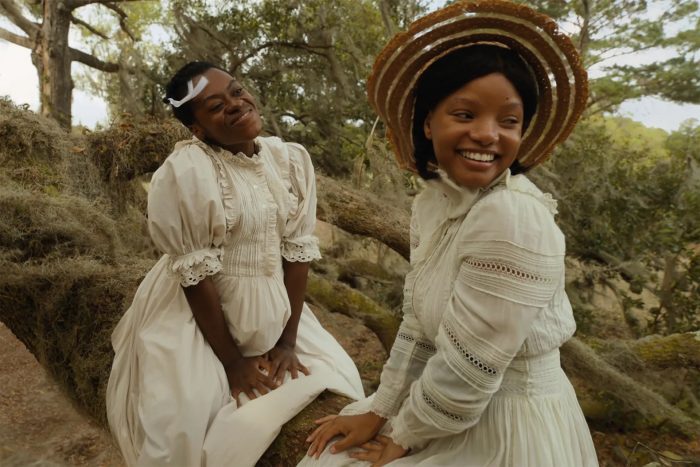
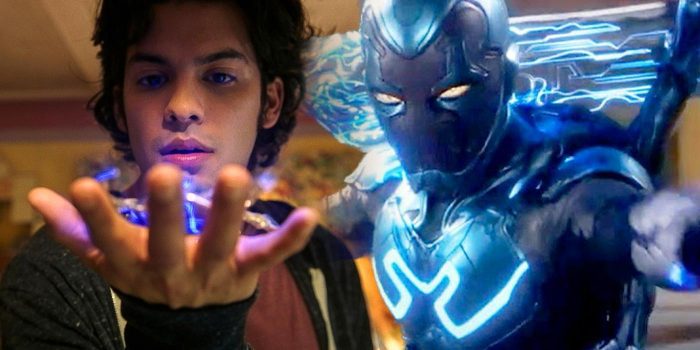


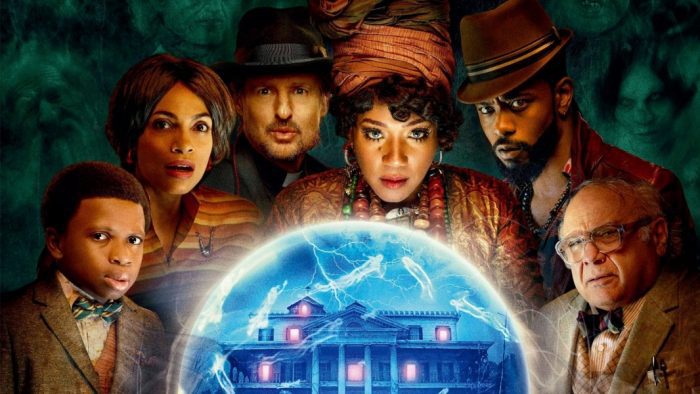
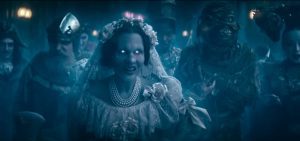
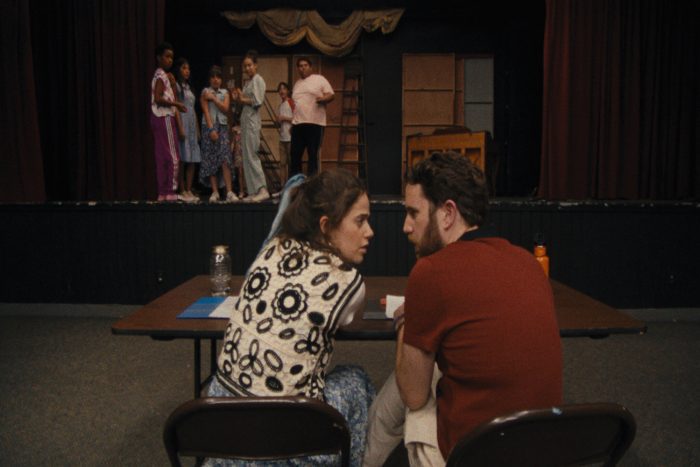
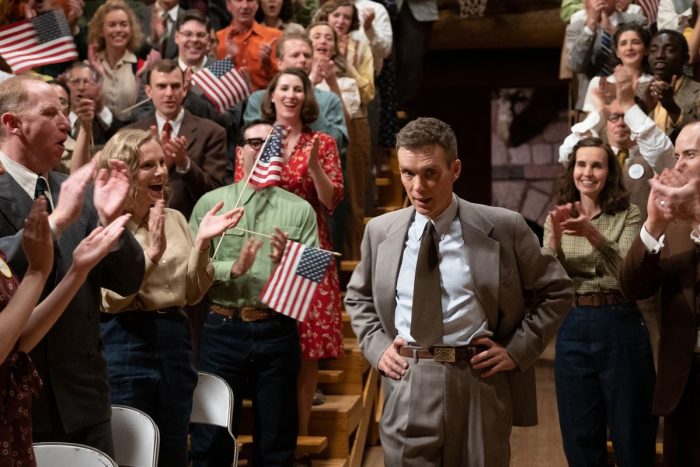
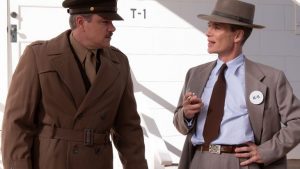
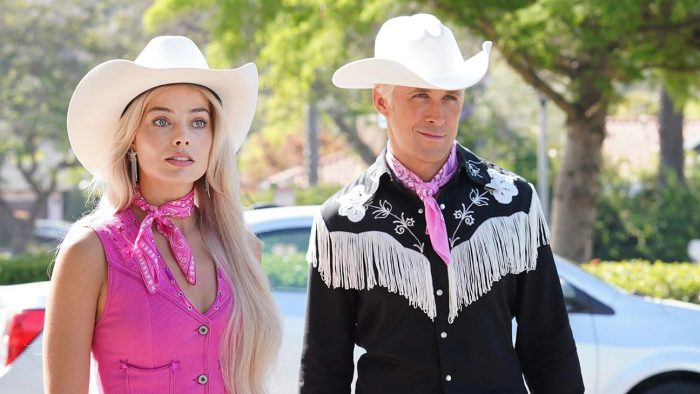

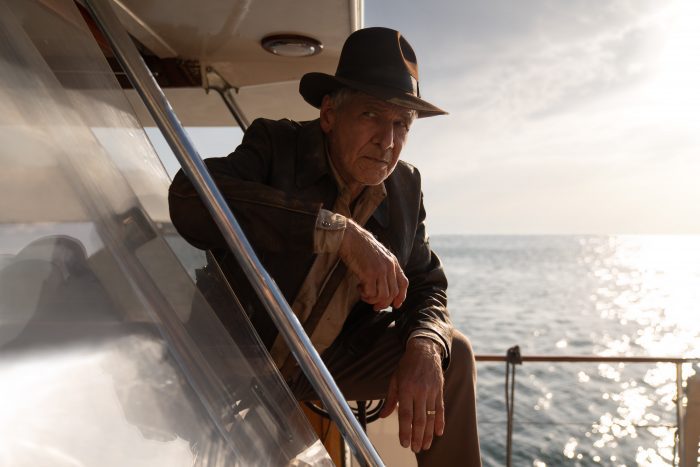


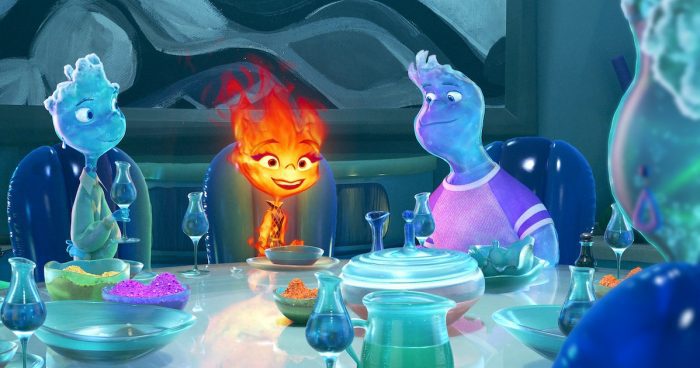
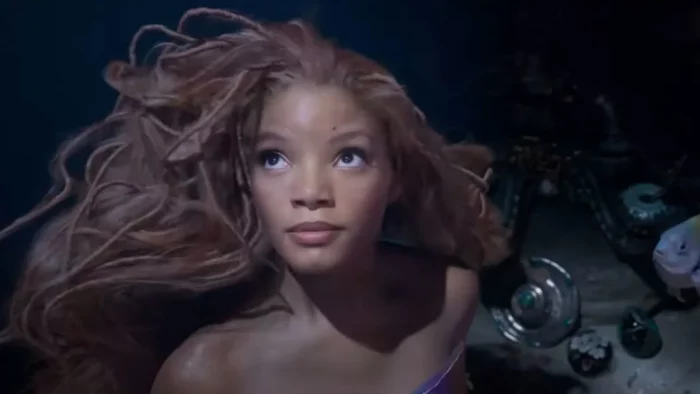
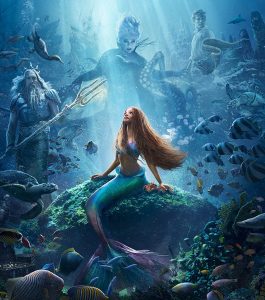 The 2008 Broadway musical, with a book by Douglas Wright, limped through a year-and-a-half run but found more success in regional, community, and school productions. In 2019, The Wonderful World of Disney broadcast The Little Mermaid Live, an interesting hybrid, where the film was projected and interwoven with live musical performances.
The 2008 Broadway musical, with a book by Douglas Wright, limped through a year-and-a-half run but found more success in regional, community, and school productions. In 2019, The Wonderful World of Disney broadcast The Little Mermaid Live, an interesting hybrid, where the film was projected and interwoven with live musical performances.





